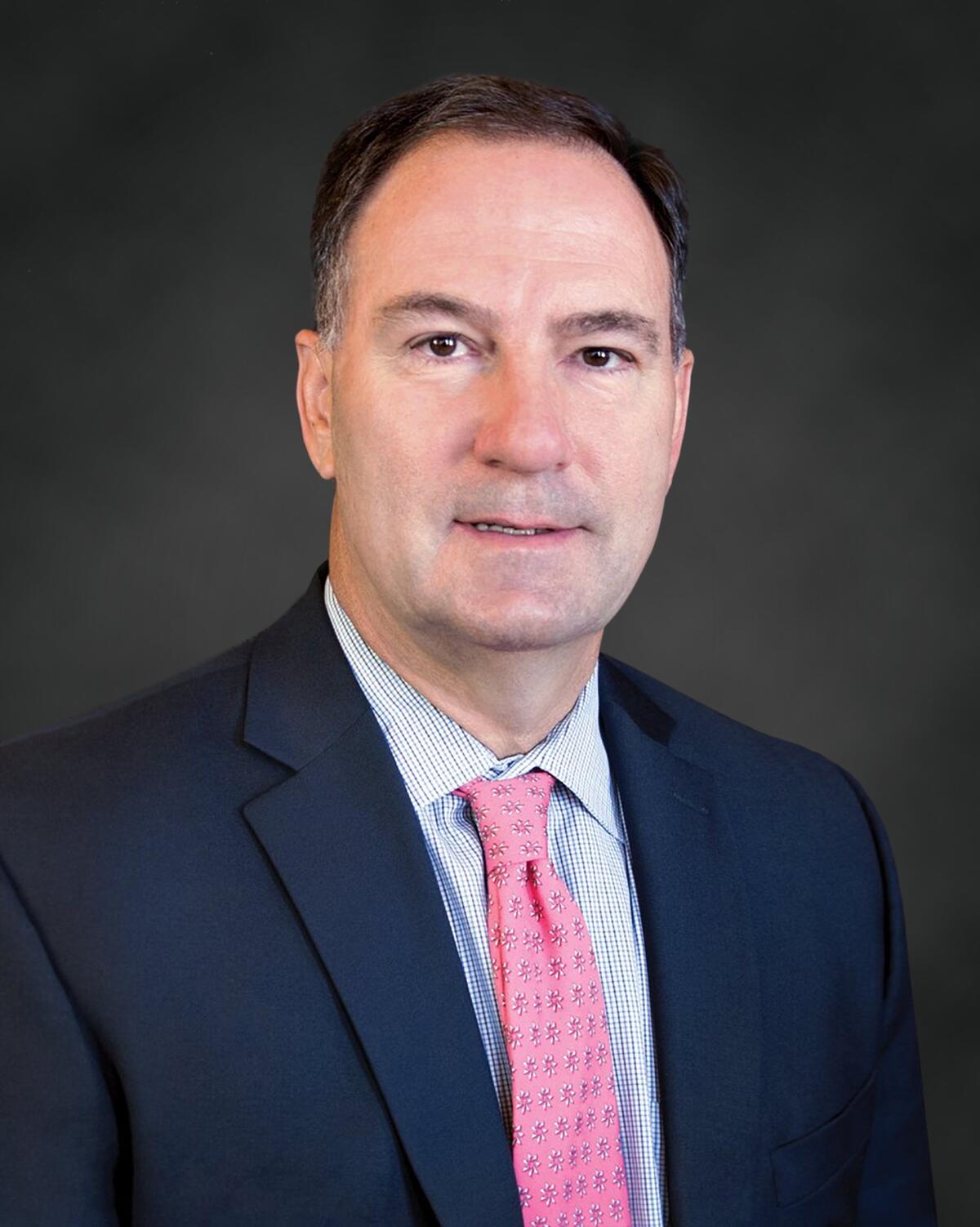Robert Lane and Steve Shappell Share Insights on How to Manage Litigation
The “How to Manage Litigation” conversation is produced by the L.A. Times B2B Publishing team in conjunction with Alliant Insurance Services, Inc.
After the many unprecedented operational changes that businesses in every sector have had to make over the last three years, a whole new landscape has emerged in terms of litigation issues. This has left even the most seasoned human resources and C-suiters struggling to find answers to crucial questions. What should management be focusing on in terms of new standards, laws and protocols and how can litigation be most effectively managed?
To address these issues and concerns, as well as many other topics pertaining to the world of litigation, the Los Angeles Times B2B Publishing team turned to two uniquely knowledgeable experts from Alliant Insurance Services, Inc. for their thoughts and insights about the most important need-to-know insights and to get their assessments regarding the current state of trial law and the various trends that they have been observing in general.
Q: As we move toward 2023, what are the litigation trends to be aware of?

Steve Shappell, Executive Vice President, Claims & Legal, Alliant Specialty, Alliant Insurance Services, Inc., Alliant.com: In the world of specialty financial insurance, employment practice claims and shareholder litigation (shareholder class action suits also known as SCAS) are two of the litigation trends in California to watch in 2023. For SCAS in particular, I anticipate an increase in litigations filed. For the first half of 2022, California was a significant hot spot for shareholder class action litigation. Approximately 30% of the 110 shareholder class action litigation filed in the first half of 2022 in the United States was filed in California Federal courts. This was higher than the historical average of 25% of approximately 230 shareholder class action suits filed in the United States being in California. As we approach 2023, I anticipate this trend continuing. In addition to the shareholder class action litigation, 49% of companies and directors and officers in shareholder class action suits are also experiencing a parallel shareholder derivative lawsuit. This is a lot of litigation for massive claims with an average settlement value of $20 million.
Q: What are some key communication and management tips for companies’ in-house attorneys to consider as they work alongside the law firms managing their litigation?

Robert Lane, Executive Vice President, Claims Management, Alliant Specialty, Alliant Insurance Services, Inc., Alliant.com: Clients should maintain “control” and actively communicate with their outside lawyers to ensure the client’s goals and expectations are being met. Outside counsel are trained and, in fact, are ethically bound to be “zealous advocates” for their clients. Too often, however, that zealousness can do more harm than good by increasing costs and dragging out disputes thru the courts for far longer than would otherwise be the case if those lawyers were, in fact, more resolution-focused and solution-oriented. A client who actively communicates with (and maintains a semblance of control over) their outside lawyers will likely lead to an expedited resolution instead of a protracted battle.
Shareholder class action litigation has historically been filed against technology companies more than any other sector. This is particularly true for California, which has a significant footprint in the technology sector.
— Steve Shappell
Q: Which industries are faced with the most litigation and why?
Shappell: Shareholder class action litigation has historically been filed against technology companies more than any other sector. This is particularly true for California, which has a significant footprint in the technology sector. Perhaps due to emerging technologies involving patents, valuation or competition. And in the case of some tech giants, their deep pockets. Besides technology, the biotechnology and drug industries have the highest frequency of SCAS, followed by software, medical equipment, investment services communications equipment and computer services.
Q: What are the benefits of alternative dispute resolution (ADR)? When should clients use it?
Lane: ADR has become an ever-increasingly popular method of resolving commercial disputes and is often written into business contracts at the outset of various contractual relationships. Thus, it has become more common in recent years for parties to be “bound” by the contractual obligation to resolve business disputes amicably without the need to file suit. Indeed, litigation is expensive, time-consuming and rife with uncertainty. ADR offers the parties greater control over outcomes and provides various ADR “options” such as mediation, formal or otherwise, for resolving disputes which necessarily arise during business relationships. ADR essentially creates a cooling-off period to resolve disputes amicably instead of running to the courthouse after a dispute develops. Litigation essentially halts any opportunity to speak directly to the counterparty; instead, all communication is through counsel, which presents its own challenges. ADR encourages communication between the parties which, in the context of a business relationship, often proves successful because the parties often are continuing to do business with each other.
Shappell: Shareholder litigation involves massive potential damages often well over a billion dollars and average settlements exceeding $20 million. Additionally, most SCAS involve allegations of “securities fraud” under federal securities laws. Because of the potential damages and the allegations of “fraud,” ADR is a critical tool for resolving those SCAS that are not dismissed. In SCAS, there is a very high pleading standard, and as a result, nearly 50% of all suits are dismissed on a Motion to Dismiss. If it is not dismissed, ADR is such an effective tool in SCAS that very few SCAS matters ever go to trial.
Q: What’s the first thing a business should do when it discovers it is being sued?
Shappell: When faced with SCAS or derivative litigation, the company should immediately engage internal and external counsel. Additionally, it is critically important to immediately engage your directors and officers’ insurance broker to make sure ALL of the company’s insurers are notified and engaged.
ADR has become an ever-increasingly popular method of resolving commercial disputes and is often written into business contracts at the outset of various contractual relationships.
— Robert Lane
Q: What aspect of litigation has changed the most since the start of your career and what elements have basically stayed the same?
Shappell: The cost has changed! Ask anyone in the Directors & Officers insurance business about SCAS and most will say the cost to litigate has exploded over the past decades. Hourly rates of defense firms are now often around $2,000 per hour, which drives the overall defense cost up dramatically. While there is no great public information on defense costs incurred by SCAS defendants, it would not be unusual for a case that settles for $20 million to have a defense cost of $5-7 million. As for what has remained the same, I would point to the outstanding motions practice by defense attorneys resulting in more dismissals than settlements over the past decade.
Q: How does a business go about finding the right litigation attorney or advisor for their particular situation?
Shappell: As one would expect, both SCAS and derivative litigation require involving law firms with a great deal of experience and a proven track record. At the time of a SCAS, a company and its directors and officers, to the extent there is no existing relationship with a securities defense law firm, should reach out to those of us who live and work in this area all day, every day. Additionally, a company’s directors and officers insurance provider can be an excellent source of referral since these insurers, like insurance brokers, see dozens of SCAS suits and settlements each year.